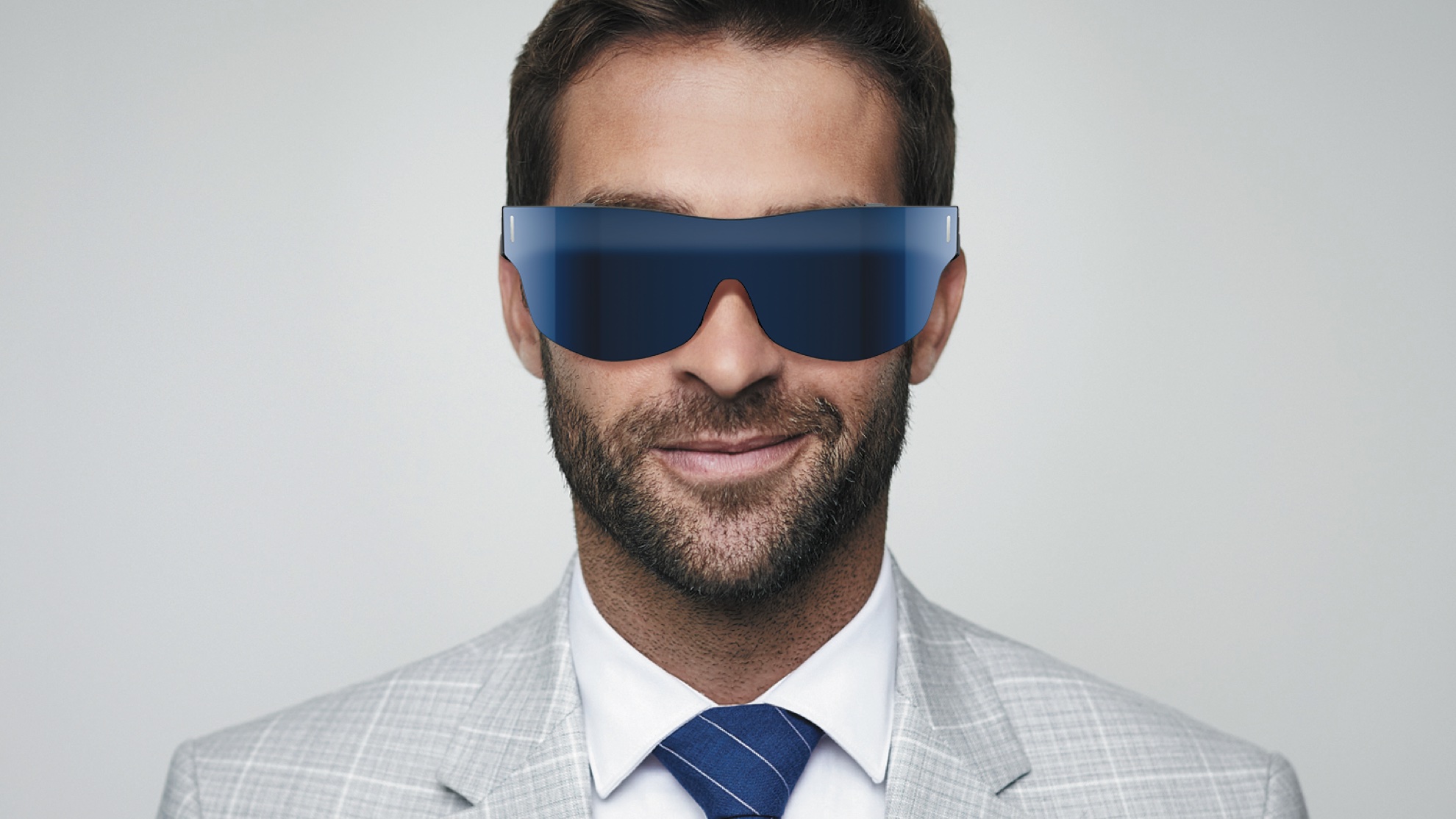

If you're looking for an AR/VR headset but don't quite have the cash for the Apple Vision Pro, ZTE can help - its Nubia Neovision Glass is a lot cheaper.
With a price tag of $529 / €549 / £479, it's around 85 per cent cheaper, in fact.
The Neovision Glass was first revealed at MWC 2023 and can be ordered from today. The smart specs are designed to connect to all kinds of things, including games consoles such as the Xbox Series X, PS5 and Nintendo Switch, as well as drones and other devices. And, according to ZTE, they're the world's first smart glasses with Hi-Res Audio Quality certification.
From a technical point of view, they sound impressive on paper – although whether these are the glasses for you very much depends on what you intend to connect them to, as they're not stand-alone.
What does the Nubia Neovision Glass deliver?
The Neovision Glass delivers a massive 120-inch virtual screen for whatever you want to watch. While its specifications are plentiful for the money. You get a Micro-OLED screen with a PPI of 3,500, a binocular HD resolution of 1080p, a maximum brightness of 1800-nits, and a field of view of 43-degrees.
ZTE hasn't forgotten about audio either - the glasses have dual omnidirectional speakers and a cyclonic sound tank. I don't actually know what a cyclonic sound tank is but it sounds very exciting. Audio is lossless and better than CD quality.
There's good news for shortsighted people like me too, with 0-500° myopic adjustment, and the whole package is a lightweight affair coming in at just 79g. So, not only does the Nubia Neovision Glass cost about a seventh of the Vision Pro - it weighs about five-sixths less.
Get all the latest news, reviews, deals and buying guides on gorgeous tech, home and active products from the T3 experts
The reason for that light weight is simple: there's no battery.
Instead, the Nubia Neovision Glass draws its power via the DisplayPort cable. There aren't any sensors either, so if you want to use applications with head or hand tracking this isn't the headset for you.
Ultimately, this headset is just a display: the processing is done by whatever device you're using, such as your console or your laptop, and connected either via DisplayPort or a projection box. Still, it could be a great option for those wanting to get into AR thrills without too much of an outlay - as long as you also have a separate device good enough to drive it.
Writer, musician and broadcaster Carrie Marshall has been covering technology since 1998 and is particularly interested in how tech can help us live our best lives. Her CV is a who’s who of magazines, newspapers, websites and radio programmes ranging from T3, Techradar and MacFormat to the BBC, Sunday Post and People’s Friend. Carrie has written more than a dozen books, ghost-wrote two more and co-wrote seven more books and a Radio 2 documentary series; her memoir, Carrie Kills A Man, was shortlisted for the British Book Awards. When she’s not scribbling, Carrie is the singer in Glaswegian rock band Unquiet Mind (unquietmindmusic).
